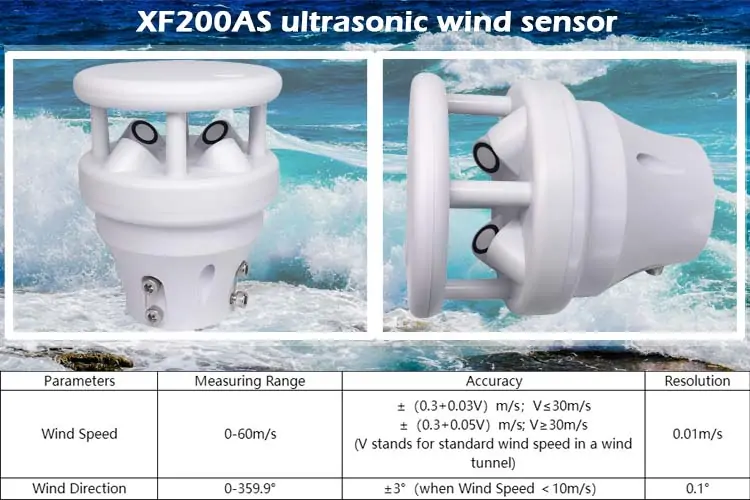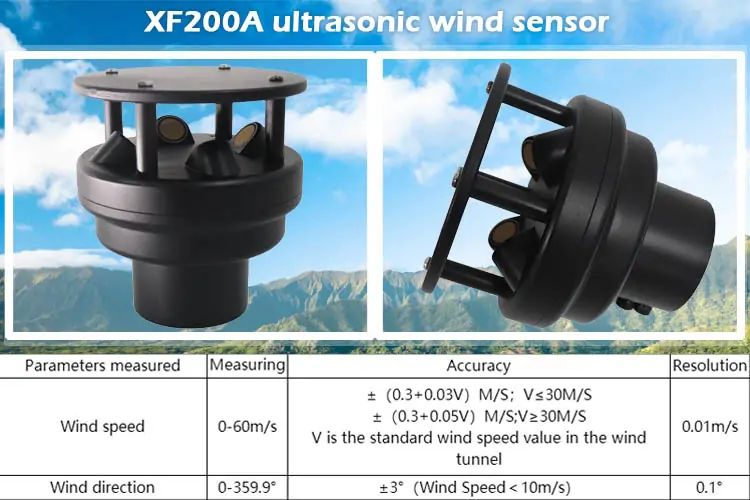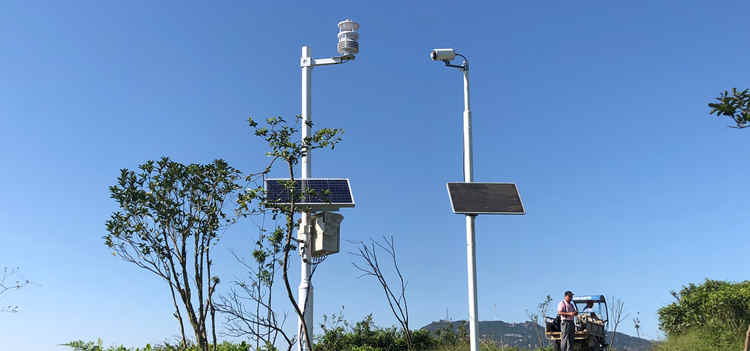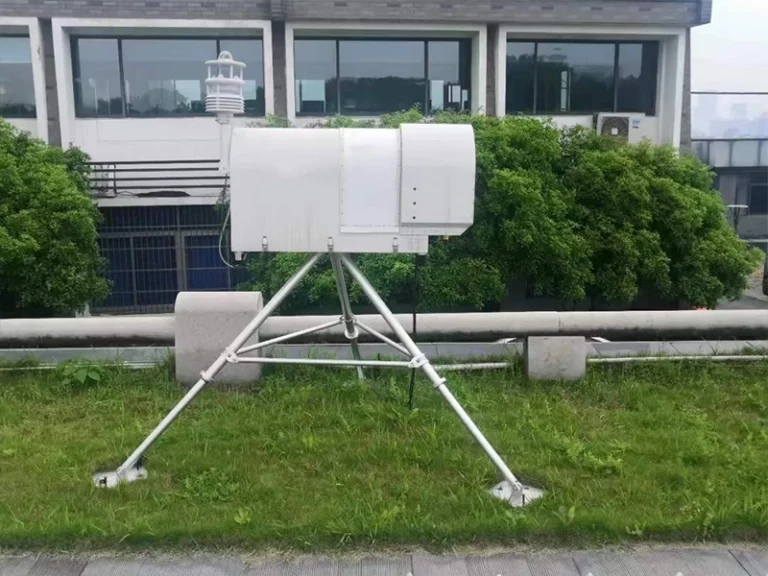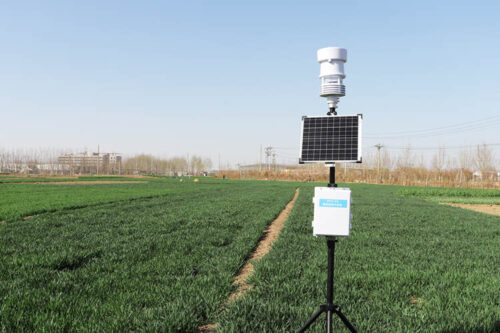In industries such as smart agriculture, wind power generation, meteorological monitoring, and environmental management, anemometers are no longer a strange word. But when you are really ready to purchase an anemometer, you will find that this is far from as simple as you imagined.
There are many types of anemometers on the market, from small devices of tens of dollars to professional sensors of thousands of dollars, with a large price gap and different technical principles. “Which anemometer is the best?” has become the most frequently asked question by many engineers, purchasing managers, and equipment selectors.
But the fact is-there is no “only best” anemometer, only the one that best suits your project.

What is the “best anemometer”?
We are often asked by customers: “Which one of yours is the best?”
But we usually don’t answer the model directly, but ask the other party a few questions:
Where do you use it? Indoors? Outdoors? Extremely cold areas? High temperature and high humidity? High-altitude cranes?
Are you measuring wind speed, or wind speed + wind direction?
Do you want remote output? Data recording? Access system?
Do you have maintenance personnel? Do you want to leave the equipment alone after installation?
These questions are the key to determining which anemometer is suitable for you.

3 Types of anemometers
FS01-X-485 three-cup wind speed transmitter
Classic three-cup structure, the wind cup is made of high-strength PC material, dynamic balancing treatment ensures good starting performance, built-in signal processing unit, can output wind speed signal according to demand. Suitable for basic monitoring in multiple fields such as meteorology, ocean, industry and agriculture, and transportation.
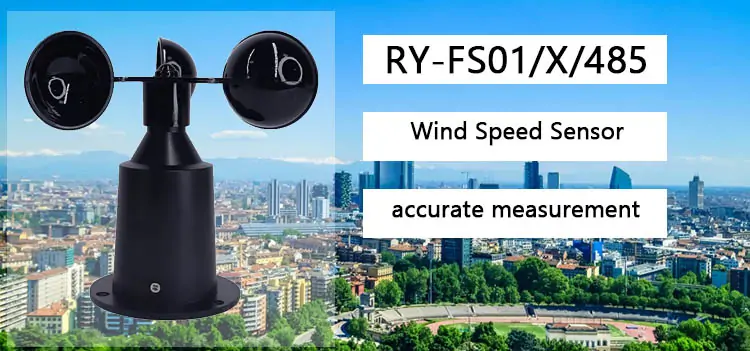
RY-FSX integrated wind speed and direction sensor
Combined with the three-cup wind speed and large wind vane wind direction design, the shell is made of corrosion-resistant ASA material, and the smooth bearing system ensures measurement accuracy. Widely used in outdoor environments such as meteorology, ports, and airports.
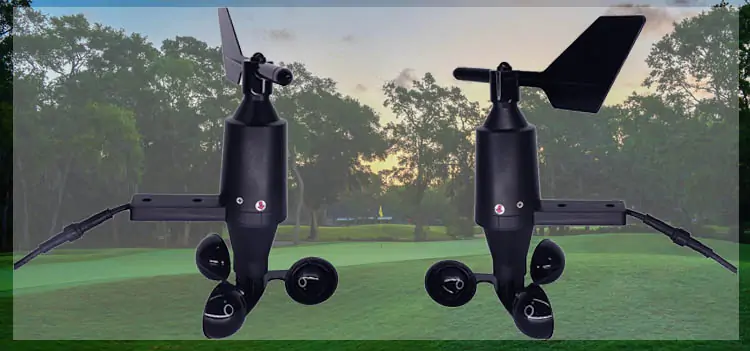
XF200A / XF200AS ultrasonic wind speed and direction meter
Adopting the ultrasonic propagation time difference measurement principle, there is no mechanical wear, fast response speed, and long service life. The XF200AS version supports maintenance-free and field-free calibration. Suitable for high-precision demand scenarios such as urban environmental monitoring, wind power generation, bridges, navigation, and aviation.
Five indicators to determine whether an anemometer is “worth buying”:
1. Measurement accuracy
If your application scenario requires wind speed monitoring accuracy (such as wind power, scientific research, aviation), then an error of 0.1m/s may have an impact. It is recommended to choose a high-precision digital or ultrasonic anemometer.
2. Environmental adaptability
Anemometers are usually exposed outdoors for a long time, and wind resistance, rain resistance, snow resistance, and salt spray resistance are basic requirements. Some scenarios even require corrosion resistance, lightning protection, or heating and deicing.
3. Is it necessary to measure wind direction?
Some projects only require wind speed, while others must collect wind speed + wind direction at the same time. If you have a wind direction requirement, it is recommended to directly use an integrated anemometer.
4. Communication method
Do you need to upload wind speed data? Is it collected locally, or connected to a PLC or remote platform? RS485, Modbus, 4G, LoRa…different models have completely different prices and installation methods.
5. Post-maintenance and use cycle
Although the traditional mechanical anemometer is low in price, it needs to be checked and replaced regularly. Although the ultrasonic anemometer is slightly more expensive, it has achieved true “maintenance-free”.
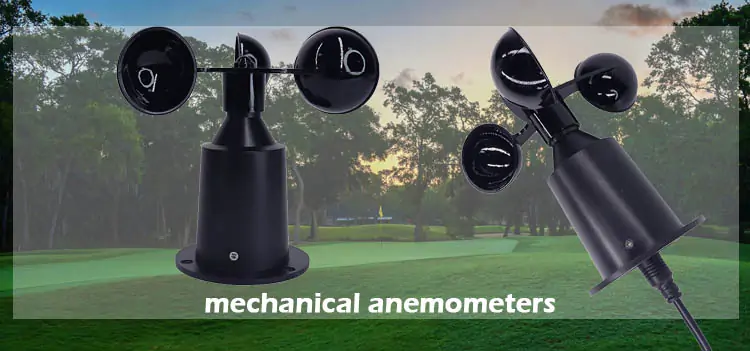
Application Case 1: Accurate wind speed monitoring of smart agricultural weather stations
A smart agricultural project customer initially used the traditional mechanical three-cup wind speed transmitter FS01-X-485 anemometer. This sensor uses high-strength PC material wind cups, which are dynamically balanced, have sensitive startup and sturdy structure, and can output wind speed signals stably. It is widely used in meteorology, agriculture and environmental monitoring, meeting customers’ needs for basic wind speed data collection.
As the project’s requirements for data accuracy and equipment maintenance costs increase, the customer upgraded to the XF200A ultrasonic anemometer. The instrument uses the ultrasonic propagation time difference to measure wind speed and direction, avoiding mechanical wear problems, faster response speed and longer service life. Through stable signal output, the reliability and continuity of wind speed and direction data are greatly improved, especially suitable for the humid environment and complex meteorological conditions in the south.
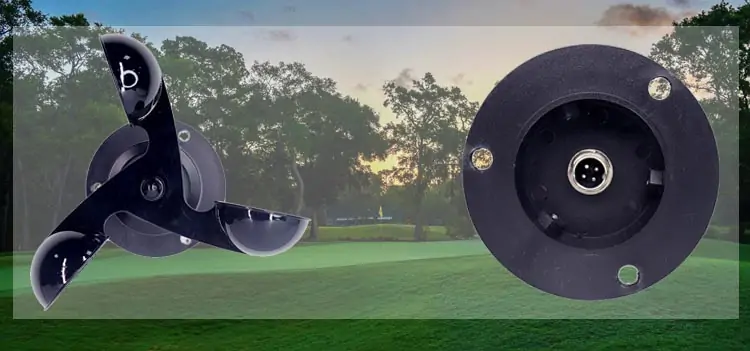
Application Case 2: Flexible Solution for Wind Speed Monitoring of Tower Cranes at Construction Sites
A large construction site is equipped with multiple wind speed sensors to ensure the safety of tower crane operations. Considering the project cycle and budget constraints, the RY-FSX integrated wind speed and direction sensor was used on site. It adopts the traditional three-cup wind speed structure and large wind vane wind direction design. The shell uses ASA material for corrosion resistance, and the built-in smooth bearing ensures accurate data collection, which is suitable for long-term outdoor use.
At the same time, the XF200A ultrasonic wind speed and direction meter was introduced in some key high-risk areas of the construction site. This instrument not only has the advantages of ultrasonic wear-free and fast response, but also has the characteristics of maintenance-free and field calibration-free, which greatly reduces the pressure of operation and maintenance and ensures the efficient operation of the wind speed and direction alarm system.
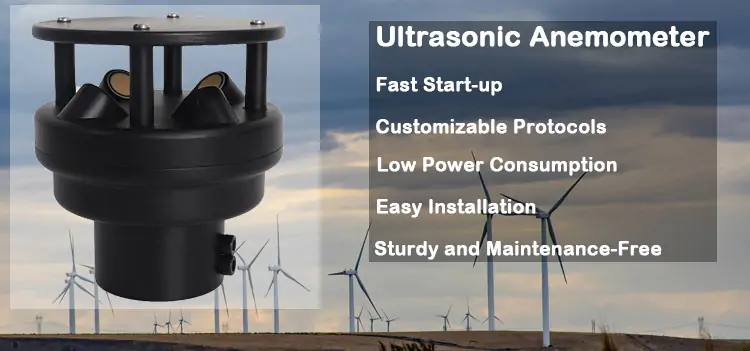
The best anemometer should serve your project
The selection of anemometer is not a slap in the head, nor does it rely on “the more expensive the better”. It should match your project scenario, be compatible with your system, and balance your budget.
If you have any questions about how to choose a suitable anemometer, please feel free to contact us. We will provide selection suggestions, technical docking and overseas shipment support to help you find the “Best Anemometer” that is truly suitable for your project.

